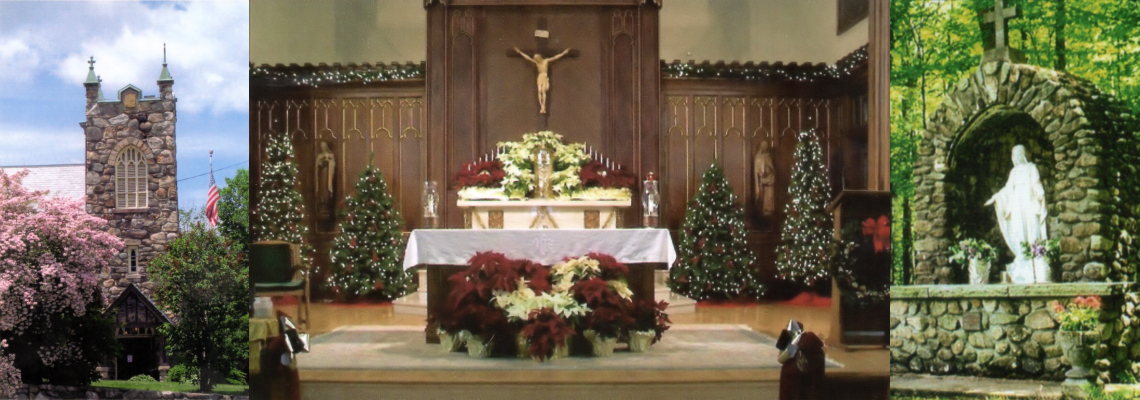What exactly is the nature of the “millennium” — that is, the “thousand-year” reign of Christ with his saints described in Revelation 20:1-10? Some Christians, among them a few of the ancient Church fathers, have taken what is called the “premillennial” view of the matter. This position holds that after Christ returns to the earth in glory, he will reign for a thousand years in a literal earthly kingdom before Judgment Day and the end of the world. Premillennialists teach that this era will be a golden age of optimal natural, social, moral, economic, and political conditions.
The Church, however, eventually rejected such a view. In one statement of the magisterium’s position, the Congregation for the Doctrine of the Faith replied in 1944 to a formal query about the teaching “that Christ the Lord before the final judgment … will come visibly to rule over this word.” The answer: This notion “cannot be taught safely.”
“Postmillennialists,” under the influence of the Protestant reformer John Calvin, teach that the kingdom of God is now being extended through the world by the preaching of the gospel, social activism, and the work of the Holy Spirit in conversion. Through this process, the world will eventually be Christianized. Then at the end of this “millennium” (the “thousand years” in this view represents simply “a long time”), Christ will return to earth at the climax of a long period of righteousness and peace.
The Catholic Church rejects this view as well. As the Catechism (677) teaches: “The kingdom will be fulfilled, then, not by a historic triumph of the Church through a progressive ascendancy, but only by God’s victory over the final unleashing of evil, which will cause his Bridge to come down from heaven (cf. Rv 13:8; 20:7-10; 21:2-4).”
Since the time of St. Augustine, most Catholics have tended toward the so-called “amillennial” (“no millennium”) position he made popular. Amillennialists might more accurately be termed “present millennialists,” because the do believe in the “millennium” of chapter 20 of Revelation. But they insist that the “thousand years” refer symbolically to the present age between Christ’s two advents rather than to some era in the future.
St. Augustine’s views on this issue, though they have dominated Catholic thinking for many centuries, have not been officially adopted by the Church. In fact, the magisterium has never defined the “millennium” St. John saw in his vision. It has only rejected certain interpretations of the term discerned to be in error.
Related Scripture:
Texts Cited: Rv 13:8; 20:1-10; 21:2-4
General: Dn 12:4, 8-10 • Mt 24:36, 42-51; 25:1-13 • Lk 12:35-48 • 2 Pt 3:8
Catechism of the Catholic Church: 668-682 • 988-1001 • 1040 • 1059-1060 • 2771-2772
